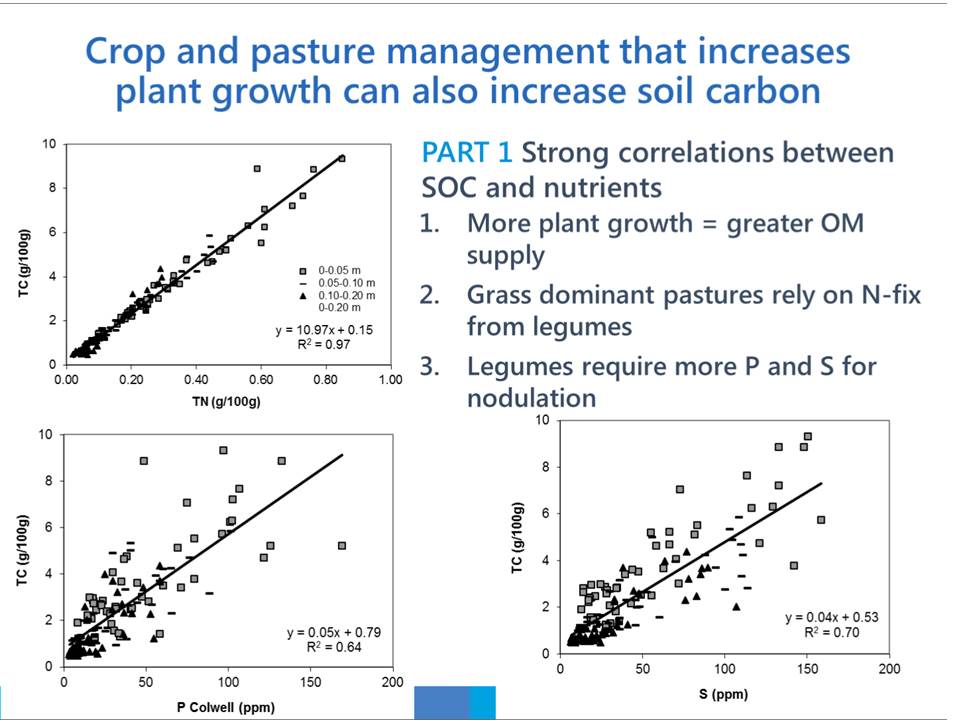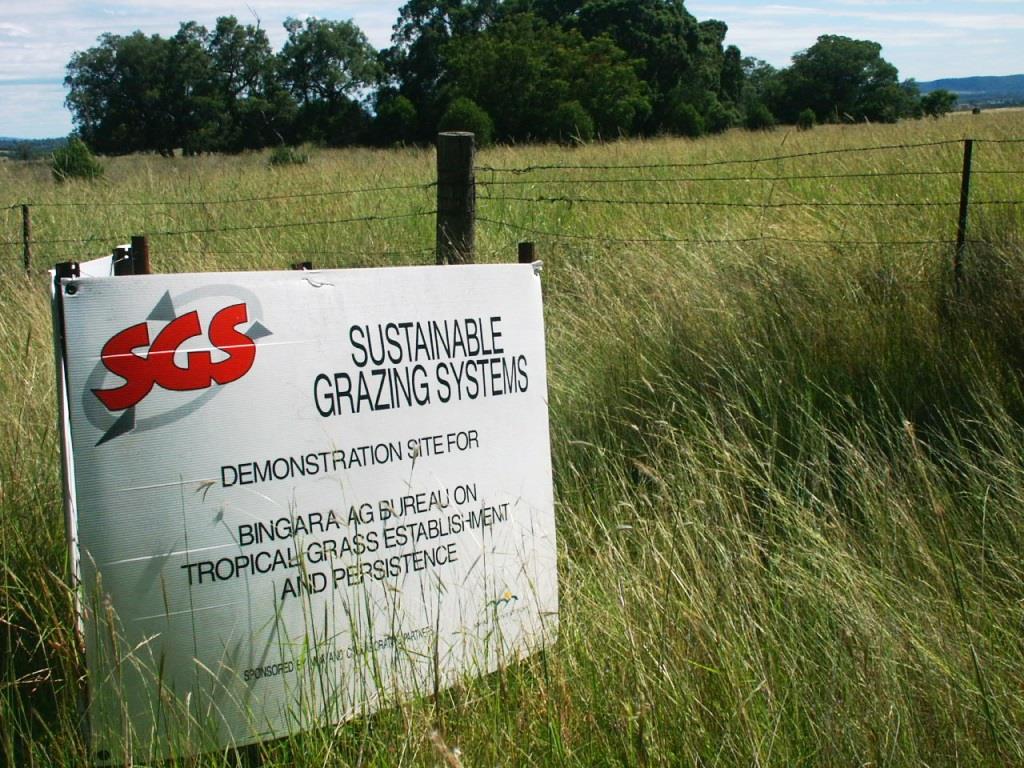Ag science versus regenerative ag
Why are soil scientists given a bad rap by some regenerative agriculturists?
By Emeritus Professor Robert White
In the 2006 book ‘Back from the Brink’, farmer Peter Andrews says, ‘we need the scientific community to accept that the approach it has adopted to Australia’s landscape problems so far have been wrong’ (p.7) and that ‘we certainly have to abandon the idea that scientists can provide a solution to our landscape’s problems’ (p.13). In short, forget about the decades of scientific research into land management if you want to rehabilitate the land.
In 2017, Charles Massy published ‘Call of the Reed Warbler’, which deplores modern industrial farming and asks a rhetorical question about ‘established sources of knowledge—department of agriculture people and the Commonwealth Scientific and Industrial Research Organization (CSIRO)’, claiming that ‘they’re just so far behind’ (p.179).
No soil scientist wants to see land degradation, and Australia has decades of research into land and farm management, which has had positive outcomes. So why is there a clash of cultures when both parties want the same thing?
1. Poor soil science communication
Soil science has not been well communicated, with the majority of research results staying in journal papers. A farmer would need to pay for access, then try and wade through the academic language, and then try to work out how the research applies to their situation. Accessing soil science findings is certainly not frictionless. Formerly, extension officers bridged the gap between the field and the lab, but funding cuts have removed most of these.
2. Resulting dismissal of soil science research
Perhaps because it is difficult to access, interpret, and use existing research, this research is ignored or dismissed. This is a shame because Australia has a wealth of research into interactions among soils, crops, pastures and animals.
Different systems have been studied for many years using a range of biophysical and chemical methods and modelling. For example, Marston and co-workers first unravelled the role of cobalt and copper in ‘bush sickness’ of ruminants, Prescott mapped the extensive distribution of Australian soils, Norrish elucidated the behaviour of soil clays, Rovira explored the management of soil-borne diseases, Lee and Foster showed how soil fauna affected soil structure, and Baldock and co-workers described the dynamics of soil organic carbon and its measurement.
Ignoring this work perpetuates the view that the science underpinning landscape management has not progressed since the early 1800s, a view not borne out by the evidence of many studies.

Figure 1: Too often well known science is ignored or dismissed. Source: Susan Orgill NSW DPI webinar August 2019
3. Limited research and claims about regenerative agriculture
Australia’s National Advocate for Soil Health admits in a letter to the Prime Minister that ‘the reasons why the innovative methods developed by Soils for Life and other farmers are working so well are generally not well understood by science. More research is needed into the microbiological processes in the plant and soil biomes thought to be responsible for the success of various regenerative farming practices.’
Additionally, some examples of success within regenerative agriculture contain dubious claims that sound warning bells for soil scientists. For example, in Call of the Reed Warbler, Massy (p.201) cites a case study where ‘despite no superphosphate for over 35 years, phosphorus and other trace element and mineral levels have risen substantially, soil pH having jumped from high acidity levels to nearly neutral’. Bearing in mind the law of conservation of matter, how can these increases have occurred in a production system unless there were substantial inputs of materials from off-site during the 35 years?
In another example, Massy (p.140) states that a 1% increase in soil carbon (C) allows 144,000 litres of extra water to be stored per ha to 0.3 m depth. This corresponds to an increase in the amount of stored water to 0.3 m depth of 14.4 mm. Here, ‘traditional’ soil scientists start to ask questions as no information is given about the soil type for this claim. We know that the effect of organic matter in increasing soil water storage is more important in sandy than clay soils.
However, in France Morlat and Chaussod looked at soil carbon after applications of compost and manure on a sandy soil (86% sand). Compared to the control soil, organic C approximately doubled from 0.63 to 1.21% for soil treated with 20 t/ha of fresh cow manure each year for 28 years. But the increase in available water in the top 0.3 m was only 7.5 mm after 28 years, which is a much smaller response than that claimed by Massy. Knowing the soil and treatment conditions under which Massy’s result occurred would be enormously helpful so that it could be implemented elsewhere. But these details were not supplied.
4. Resulting caution from soil scientists
As with enthusiastic farmers who have tried new methods and had success, soil scientists too are excited by unusual or extreme behaviour in soil-plant-animal systems. However, they need information about the conditions under which unusual results are obtained.
You’d be hard-pressed to find a soil scientist in 2019 willing to roll out a new land management practice using data from one trial at one site. If something works, we need to determine whether it can work in other climates, soil conditions and production systems. We also need to be careful about unintended consequences.
Sub clover is a case in point of the latter. The widespread adoption in southern Australia of pastures based on sub clover (Trifolium subterraneum) previously led to accelerated acidification in soils that were poorly buffered. However, field research has evolved from relatively simple plot-based experiments to large-scale ecosystems studies.
This progression demonstrates that soil scientists have not been static in their thinking. The science has evolved and continues to do so. Some regenerative agriculture practices could well be the next sub clover example, that looks good to start with until you realize on a wider scale that you should have done more research.
Next steps
First, we need to get over this ‘clash of cultures’ and collaborate. Australia’s soil advocate calls for ‘collaboration between scientists and successful farmers to build knowledge, collate the evidence to support successes and improvements and promote the wider use of regenerative farming techniques’. Let’s work together to understand how and where regenerative agriculture works, identify possible problems, and work out the economic benefits. Farming is a business. If a practice is not economic for the farmer, it won’t happen.
Second, soil scientists need to communicate in a language that farmers and their champions in the media understand. This does not mean dumbing down the science, but it does mean scientists must challenge unorthodox views and seek explanations using language that an intelligent layperson can understand.
Third, we need true engagement from the lab to the field: that is, farmers, community groups and scientists working together to devise farming systems that halt degradation, improve soil quality and are economically viable. We have had such programs in the past. For example, the Sustainable Grazing Systems program, led by Meat and Livestock Australia in conjunction with other funding partners, was a 6-year program of collaboration between farmers and researchers with many insights gained from working on farmers’ properties. Let’s not ignore the good work such programs have done.
Working together we can understand how best to manage our land, providing substantial benefits to Australian farmers, international science and the Australian economy.

Find out more: Emeritus Professor Robert White, Faculty of Veterinary and Agricultural Sciences, The University of Melbourne. robertew@unimelb.edu.au
He is author of ‘Principles and Practice of Soil Science’ 4e, ‘Understanding Vineyard Soils’ 2e, and ‘Soils for Fine Wines’; consultant in soils to the wine industry; Honorary life member Soil Science Australia; and Honorary member International Union of Soil Sciences.
This article was originally published in the May 2019 journal Sustainability: https://www.mdpi.com/2071-1050/11/10/2919 . Alisa Bryce collaborated with the author to convert the paper into this article for wider distribution in the media. References are listed in the original paper.



Answer to one of your assertions: Massy’s improved water storage claim works out to 14.4 mm in the top 30cm, you say. In the example you quote carbon increases from 0.63 to 1.21 an absolute increase of 0.58% soil carbon. 0.58 x 14.4 would according to Massy give you an increase of 8.352 water in the soil. Experimentally the result was 7.5mm.
Massy overestimates in this one experiment by ~11%. This is not, as you claim, a ‘much smaller response than estimated by Massy’, it’s a slightly smaller response. Basically, you’ve proved his point.
Nobody that I know is disregarding soil scientists- any useful results have been and will be gratefully received. It’s a long time since I did any soil science, but I still occasionally drag out my old copy of GW Leeper. He says, with regard to P that you could have a useful model of P in the soil as a tiny amount immediately available, some less available, and lots unavailable. If regenerative grazing encourages fungal or other biological action to bring some of this ‘unavailable’ P into circulation as we regen people currently speculate this is possibly the answer. I don’t have the tools to prove it- that’s a job for soil scientists. While I would be interested to know exactly what is going on, I don’t actually need to know, when I can see my pastures improving with what I’m doing.